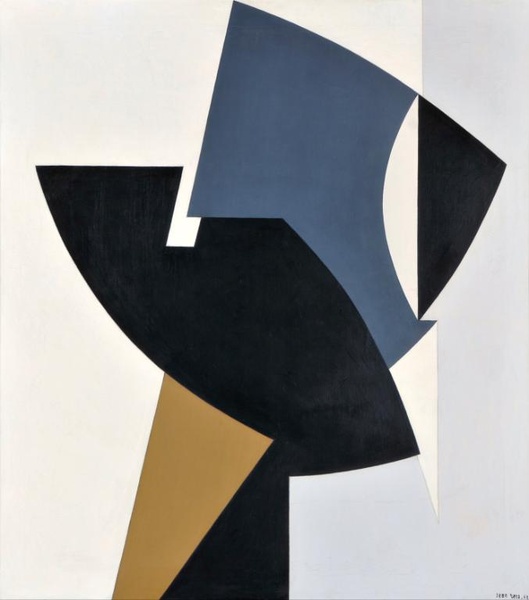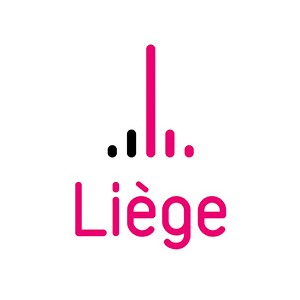Jean Rets
THREE PAINTINGS BY JEAN RETS
RESTORED THANKS TO THE DAVID CONSTANT FUND



Each year, the museums of the City of Liege receive financial support from the David Constant Fund of the King Baudouin Foundation. On the basis of applications, a committee of experts allocates an annual budget of €100,000 to various restoration projects for works located in the Liege region.
The Fund was created in 2003 after the death of Simone David, wife of Baron Jean Constant. The couple shared a passion for law: Jean Constant was the founder of the Liège School of Criminology at the University of Liège and was a public prosecutor in Liège. Simone David was also a professor at the Faculty of Law of the University of Liège, and then dean. They were both very attached to their region and were also great lovers of art and culture. With no descendants, Mrs. David turned to the King Baudouin Foundation when the time came to consider allocating her estate to causes that were dear to her. The objective of the David Constant Fund is to contribute to the influence of the ULg Faculty of Law, to help disadvantaged children and to the preservation and enhancement of Liège's heritage.
For the Musée des Beaux-Arts de Liège, the contribution of the David Constant Fund year after year is an essential asset in the development of our collections. In 2012, three paintings by the painter Jean Rets were restored to their former glory. These works were in a poor state of conservation and were previously kept in the reserves of the Musée des Beaux-Arts.
Jean Rets was born in Paris in 1910 under the name Jean-Baptiste Retserveldt and it was on his arrival in Liège in 1918 that he trained as a painter at the Académie des Beaux-Arts. His style, which was close to cubism and inspired by Georges Braque, developed in the 1940s and became more abstract in the following decade. It was following a meeting with Victor Vasarely in Paris that his painting moved towards an increasingly geometric and strict abstraction. From then on, the curves of his works are without burrs and the colours are treated in flat tints. Each shape is delimited by a pencil line, leaving no room for improvisation. He continued his pure geometric research until the end of his career. The artist died in Liège in 1998. He remains one of the great representatives of geometric abstraction in Belgium.
The three paintings on display show the different techniques used by the artist
The first, Bakoon (1968) is a painting on canvas mounted on a wooden frame, a traditional easel painting technique
The second, Anik (1965), is made up of several metal elements bolted to a sheet of plywood painted with a plain red background. These applied elements add a relief effect to the traditional geometric pattern.
The third painting, S'tzo (1975), is part of a series of white monochrome works created with assemblies of wooden elements of different shapes and sizes. Only a small coloured element gives rhythm to this geometric composition
A work of geometric abstraction can only be fully appreciated when it is in perfect condition. Every visible damage causes a crack in this search for pure perfection. The deposit of dust and dirt on the surface of the work considerably alters the original colours. This surface soiling will be all the more visible for light monochromes. Fingerprints and stains imprinted in the material are regularly added to this dull deposit. Cleaning the paint layer is therefore an essential step.
In the case of the Bakoon painting, a network of cracks in relief disrupted the reading of the composition. These cracks had to be reduced visually in order to restore the flat areas of colour. In the work S'tzo, a missing wooden strip altered the original geometric composition. Anik had numerous gaps, old darkened retouching, and rust stains on her metal elements. To restore them, each element was dismantled.
Bakoon, 1962 Oil painting on canvas
90 x 80 cm
Beaux-Arts.BA.WAL.05b.1969.2765
Anik, 1956 Painted plywood with applied metal reliefs
89 x 70 cm
Fine Art.BA.WAL.05a.1956.2585 S'Tzo, 1975
Painted wooden reliefs glued to plywood
90 x 82cm
Beaux-Arts.BA.WAL.05a.1977.2769
Audrey Jeghers
Conservator and restorer
Museums of the City of Liege



